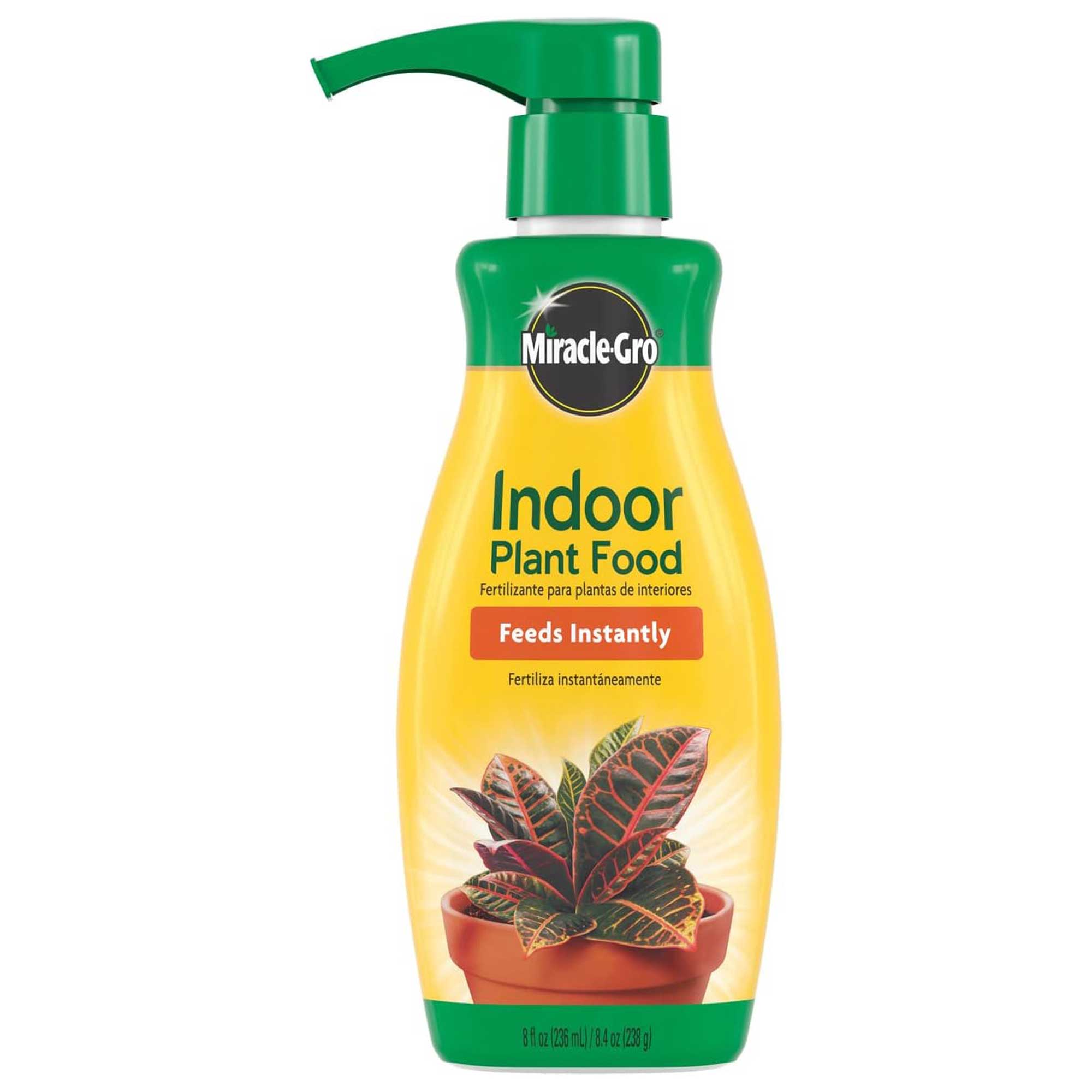When should I put my poinsettia in the dark to rebloom for Christmas? Experts share timing tips
Encourage vibrant color in time for the holidays with this practical advice

Holly Crossley
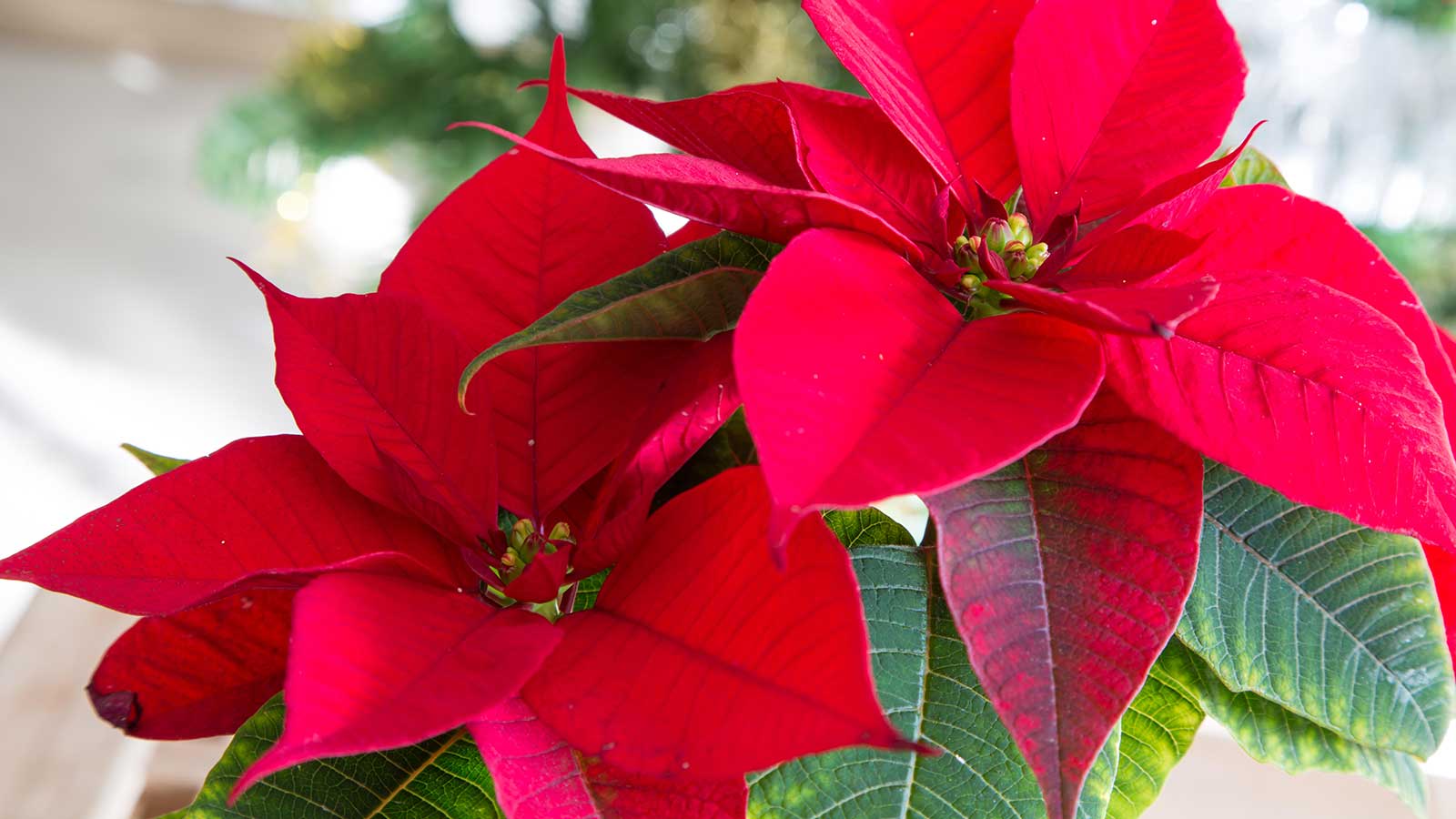
Poinsettias are among the most popular houseplants for the festive season, thanks to their bright and cheery bracts. They are often gifted during the holidays, and most people treat them as annuals and then get rid of them in the new year.
This needn’t be the case, though; if you look after a poinsettia properly, you can keep it year-round. And, with a few easy steps, you can encourage it to bloom again the following Christmas.
A key part of prepping your plant for a fresh display is to give it a period of complete darkness, and below, houseplant experts share their tips on when and how to do this. With this advice, you needn’t discard these gorgeous Christmas plants again.
Why poinsettias need darkness
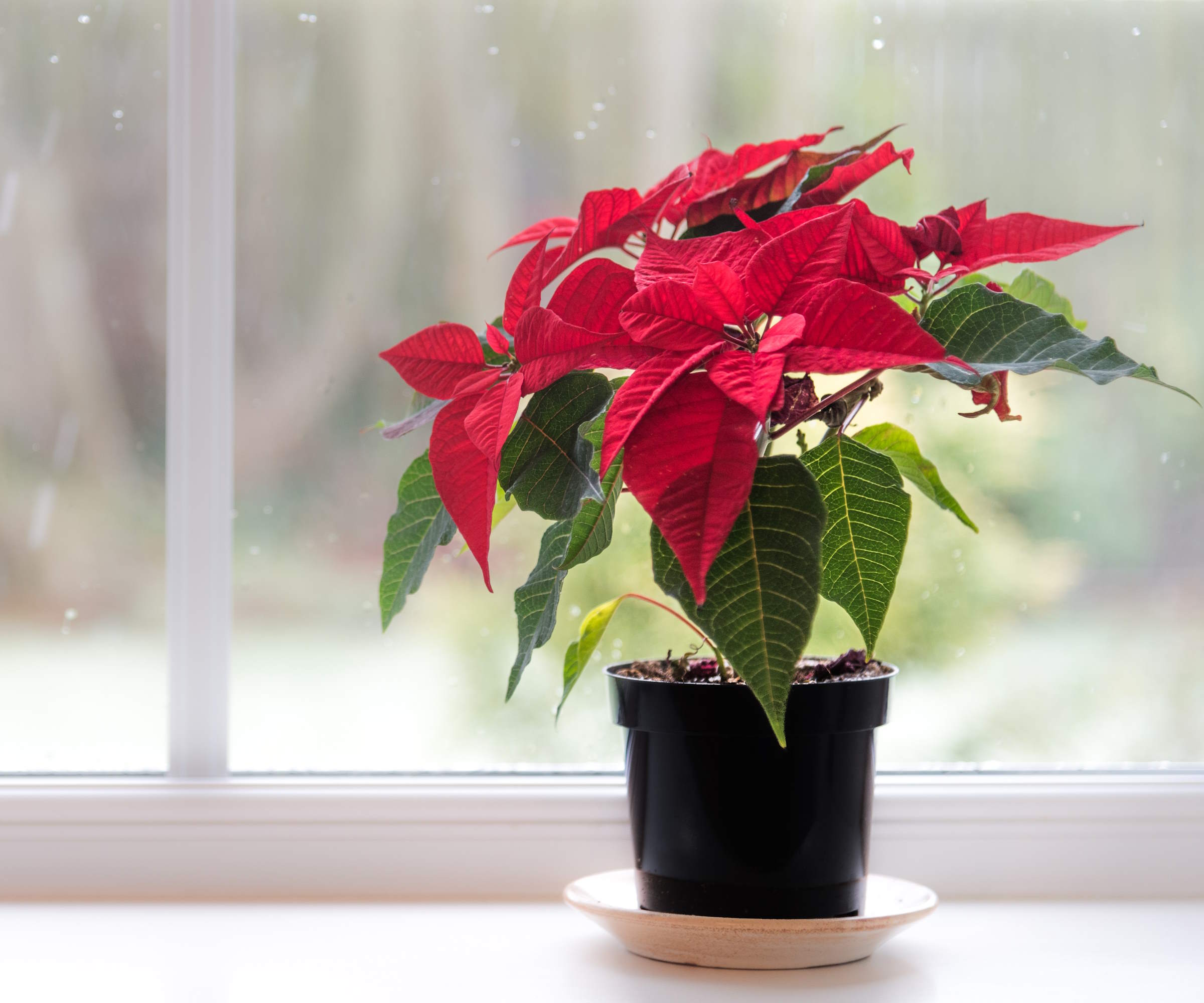
Although they look like flowers, poinsettia bracts are actually the leaves of the plant
Poinsettias are photoperiodic plants and their blooming is triggered by longer periods of darkness. If you don’t change the length of daylight they get, the plants will not produce any new colorful bracts. This is similar to getting a Christmas cactus to bloom – they also require a period of long, dark nights.
‘Putting poinsettias in complete darkness is crucial for encouraging them to produce their signature red blooms,’ says Ash Read, founder of Indoor Plants. ‘This mimics the short days of winter and tricks the plant into bloom mode.’

Ash Read is the founder of Indoor Plants. He had a career in professional gardening before turning to writing. Indoor Plants aims to make gardening accessible and enjoyable for all.
When to put your poinsettia in the dark
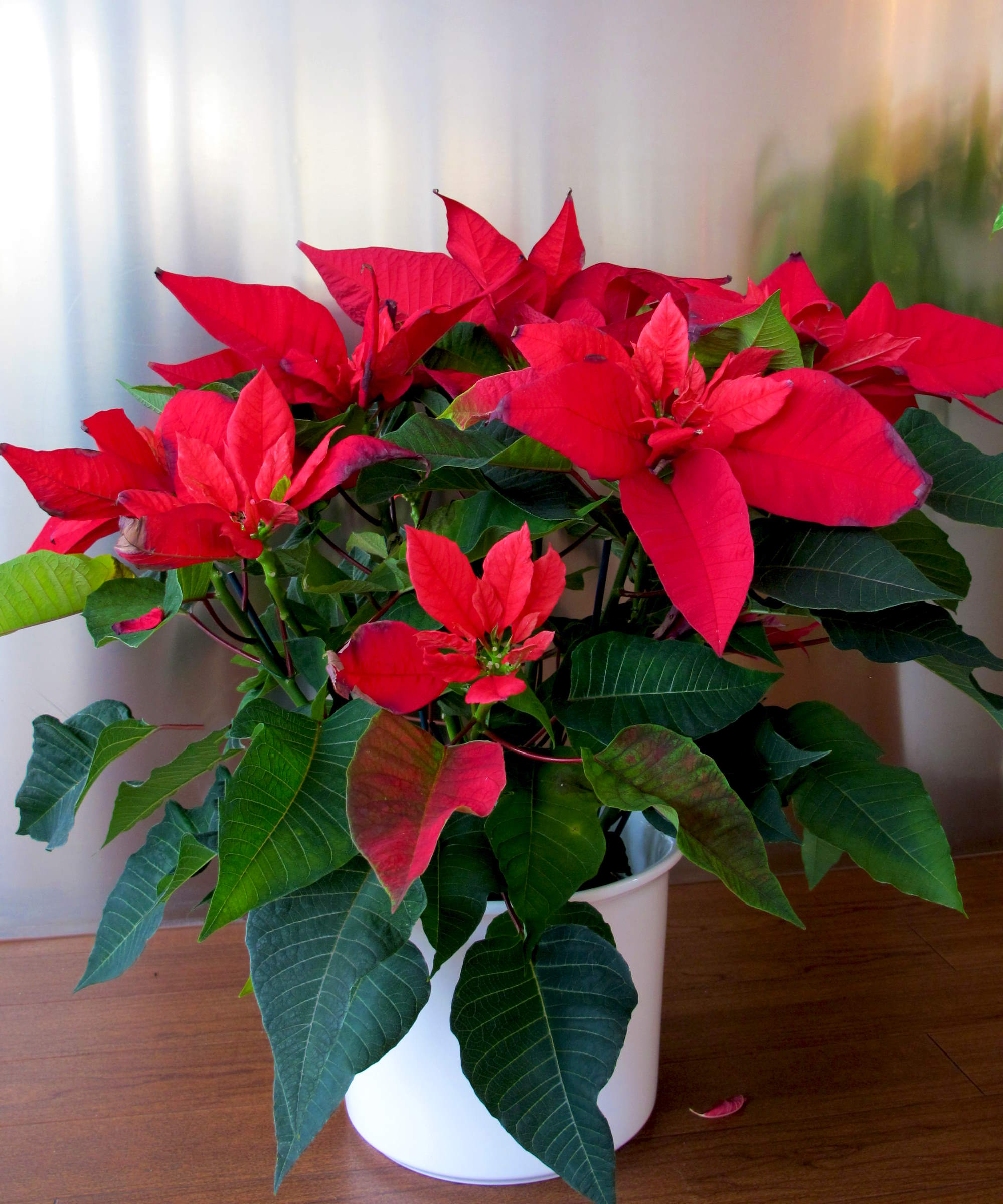
Poinsettias are adored for their bright festive hue
There are a few steps to complete before giving them the darkness treatment to get your best poinsettia to flower again.
Once winter is over, prune the stems back to 4-6 inches tall in late spring with a pair of sharp and clean pruners. Remember to wear gardening gloves for this, as the sap is an irritant.
Design expertise in your inbox – from inspiring decorating ideas and beautiful celebrity homes to practical gardening advice and shopping round-ups.
It is also recommended to repot the poinsettia into a larger container. Continue to water your poinsettia and regularly fertilize the plant with a feed for houseplants every 3-4 weeks.
Kayla Gajdascz, the owner of Mental Houseplants, says that the darkness treatment should begin in early October. She adds: ‘This timing aligns with the natural decrease in daylight hours and helps simulate the plant's native environment.’ What's more, Ash claims starting this in October will ‘give adequate time’ for the flowers to be in full bloom by the festive period to take their place as part of your Christmas decorating ideas.

Kayla Gajdascz is the co-founder and owner of Mental Houseplants, an online plant retailer that sells a unique selection of houseplants to promote mental health awareness that is complemented by expert care tips and resources. Mental Houseplants further strengthens mental health support by partnering with and donating to the National Alliance on Mental Illness with each sale.
How long to keep your poinsettia in the dark
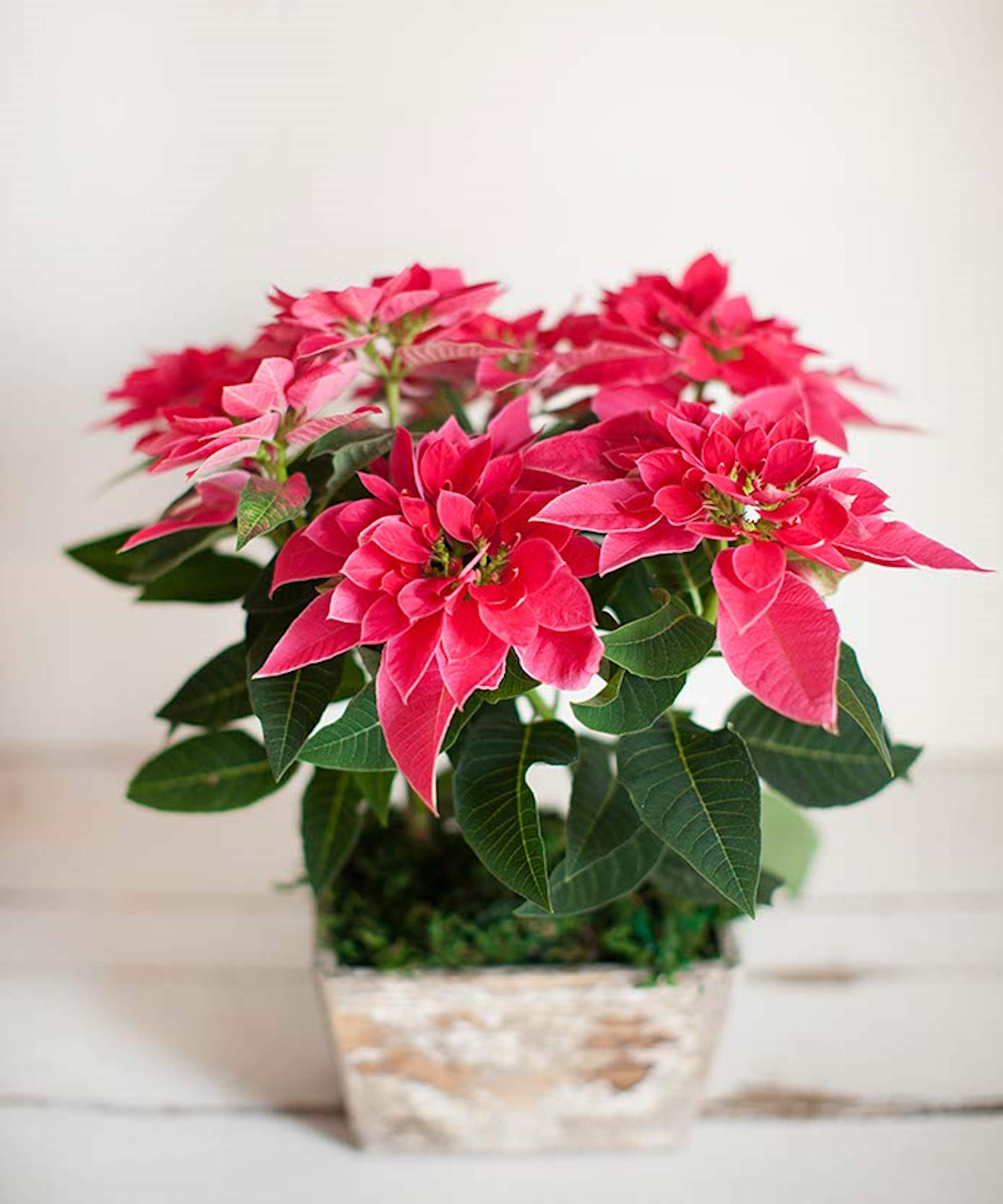
Start putting the poinsettia in darkness in fall for festive blooms
To get poinsettias to rebloom successfully, the trick is to give them a consistent cycle of light and darkness. It is crucial to give them no more than 10 hours of light a day and to keep the cycle of light and darkness consistent for 8-10 weeks.
Vladan Nikolic, a houseplant expert and the founder of Mr Houseplant, says, ‘These colorful plants need at least 12 hours of complete darkness within every 24-hour cycle to form the flowers. Ideally, you should enclose them in a closet or cardboard box each evening from 5pm to 7am.’
Once the bracts start to show color, the poinsettia can be brought back into normal light conditions. There is no need for the periods of darkness to continue and it can remain on a windowsill along with your other indoor plants.

Vladan Nikolic is a houseplant expert with over 10 years of experience. He is the founder of the houseplant care blog Mr. Houseplant and is a social media influencer for houseplants with over 500,000 followers.
FAQs
Where can you keep a poinsettia when giving it the darkness treatment?
It is common for poinsettias to be kept in a closet, unused room, or a box as part of the darkness treatment. Check the light levels in the room you want to use and make any adjustments required to ensure there is complete darkness. If you opt for a cardboard box, Vladan Nikolic recommends using duct tape to close all the seams to prevent any light from entering the box.
Poinsettias also want to be kept in a room with a temperature between 60-70°F and away from any temperature fluctuations. This means being sure to protect them from central heating, as well as cold drafts.
In terms of watering your poinsettia, continue to keep the soil moist during the darkness process, being careful not to overwater or under-water it. A soil moisture meter, such as this one available at Amazon, can help to get the balance right. Do not fertilize the poinsettia during the darkness treatment or during the holiday period.
Do poinsettias need complete darkness?
During the darkness treatment, complete darkness every night is required to get poinsettias to successfully rebloom. Kayla Gajdascz warns that ‘even brief exposure to light can delay or prevent flowering.’
Sometimes, problems can arise when caring for these plants. If the leaves are dropping off your poinsettia or your poinsettia is turning yellow, our dedicated guides will help.

Drew has worked as a writer since 2008 and was also a professional gardener for many years. As a trained horticulturist, he worked in prestigious historic gardens, including Hanbury Hall and the world-famous Hidcote Manor Garden. He also spent time as a specialist kitchen gardener at Soho Farmhouse and Netherby Hall, where he grew vegetables, fruit, herbs, and cut flowers for restaurants. Drew has written for numerous print and online publications and is an allotment holder and garden blogger. He is shortlisted for the Digital Gardening Writer of the Year at the 2025 Garden Media Guild Awards.
- Holly CrossleyContributing Editor
